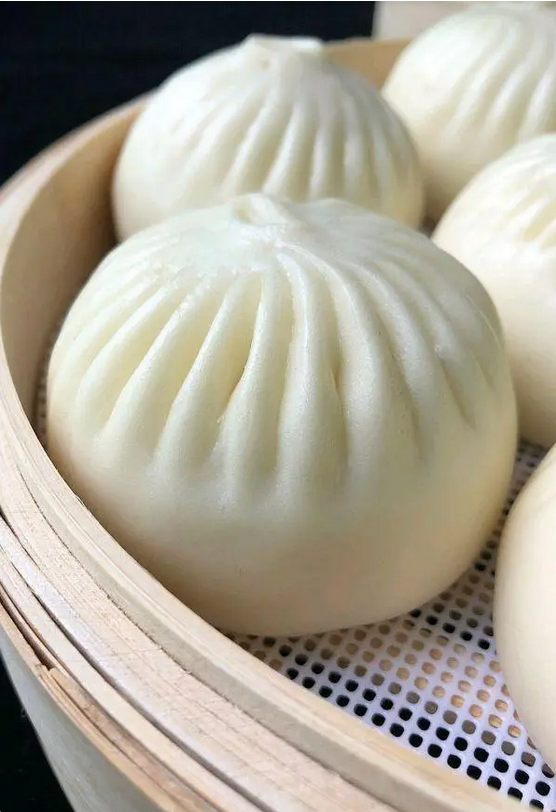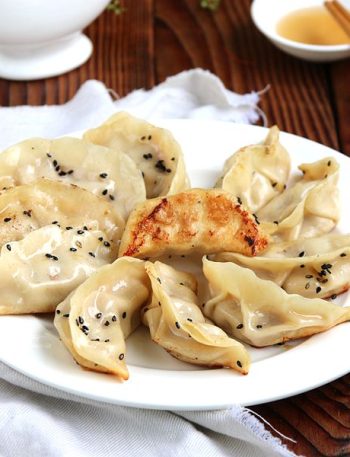Homg Kong’old airport, Kai Tak, was a perilous descent among the skyscrapers and mountains. Even my dad, who is not religious, made the sign of the cross and said ‘Thank God’ when we landed safely. As soon as we exited the airport he led us across the road to the street vendor who made char shao bao and bought us all two each -one to eat now and one for later. As we waited for the vendor to bag the buns, we heard the noise. It was excruciatingly loud, as four aeroplanes flew out of Hong Kong towards the sea. The ground began to tremble, as did the multi-coloured umbrella which shaded the vendor’s cart.
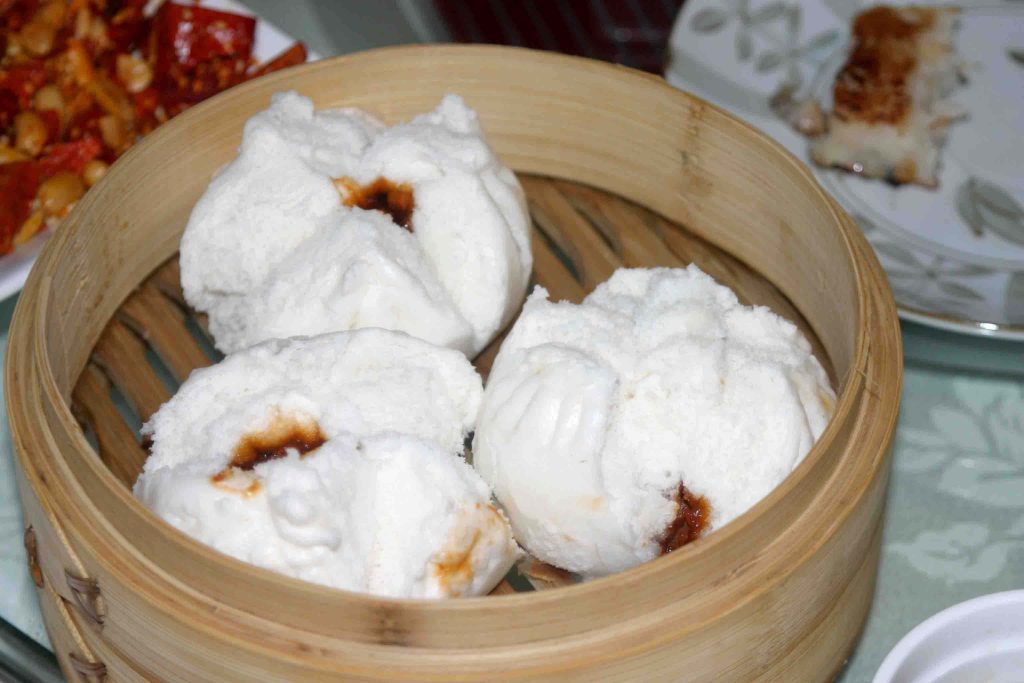
Dad wasn’t too fussy when it came to eating on the street. Many locals ate en route as they were pressed for time. Char shao bao, also known as char siu bao, is a perfect snack and not messy to eat. Dad slotted right back into the Hong Kong lifestyle and picked up the pace of his walk, with suitcase in one hand and bao in the other; the rest of us fell into line like a row of ducklings following Papa duck to the hotel with our mum at the end. I remember slowly eating the white bun and saving the char siu centre until last. I was concentrating so much that I didn’t see a taxi accelerate around the corner. I would have been flung into the air were it not for my dad using his suitcase to form a gate to fence me in and his full force to push me back. In the confusion of the moment, my half-eaten bao fell to the foor. My heart pounded. Dad’s quick reaction was a shock to my system. I wasn’t sure if my knees were trembling from fear or from losing half the bao! My bottom lip started to tremble …’Don’t cry.You need to look where you are going next time,’ Dad scolded gently, He never let us eat bao on the street after that incident.
Usually these are fillled with char siu, the sweet roasted pork recipe given here. Chicken can be substituted -in which case the buns would be called ji rou bao. For the more adventurous, add salty braised pork belly with pickled cucumber for tang, hoisin sauce for sweetness and a squirt of sriracha hot chilli sauce and a sprinkling of crushed cashew nuts to keep things interesting.
Ingredients for Char siu bao recipe
Char siu
500g/1 lb 2oz pork neck fillet
1 tsp Chinese five-spice pouder
5 tbsp clear honey
2 tbsp tomato Purée(paste)
3 tbsp hoisin souce
5 tbsp light soy souce
2 tbsp vegetable oill
Souce
150ml/5 flor/ 2/3 cup boling water
2 thsp clear honey
3 thsp oyster souce
2 tbsp light soy souce
1 tbin tomato Purée
2cm piece of fresh root ginger, grated
MEAT AND CHICKEN
1/4 tsp Chinese five-spice powder
1 tbsp caster(superfine)sugar
1 tbsp potato starch
1 tbsp Shaoxing rice wine
Dough
350g/12oz/scant 3 cups plain(all-purpose)flour, plus extra for dusting
2 tsp baking powder
2 tsp fast-acting dried yeast
50g caster(superfine)sugar
1 tsp salt
1 tbsp sesame oil
175ml lukewarm water
Char siu bao recipe
To make the char siu, put the pork in a large bowl, sprinkle over the five-spice powder and rub it in well with your fingers. Combine 3 tablespoons of the honey with the tomato purée, hoisin sauce, soy sauce and oil in a separate bowl. Pour three-quarters of the mixture over the pork and rub into the meat. Cover the bowl of pork with clingfilm and set aside in the fridge to marinate for at least 4 hours. Cover the remaining marinade with clingfilm and set aside in the fridge, ready for basting the pork later.
To cook the pork, preheat the oven to 200°/400°F/gas 6. Line a roasting tin with foil, pour in 150ml/5floz/ 2/3cup cold water and place a wire rack on top. Set the marinated pork on the rack and roast for 15 minutes. Remove the pork from the oven, baste all over with the reserved marinade and return to the oven for a further 15 minutes.
Remove the pork from the oven and baste all over with the remaining 2 tablespoons honey. Reduce the oven temperature to 180℃/350°F/gas 4 and return the pork to the oven for a further 15 minutes. Remove the roasted char siu from the oven and set aside to cool. Reduce the oven temperature to 110°C/225°F/gas 1/4.
To make the sauce, combine all the ingredients in a saucepan and stir over a high heat for about 10 minutes until thick. Remove from the heat and set aside to cool.
Meanwhile, start making the dough. Sift the flour into a large bowl and stir in the baking powder, yeast, sugar, salt, sesame oil and water. Mix to form a dough and knead for 10 minutes until smooth. Cover the bowl with clingfilm and set aside in the cool oven for 30 minutes until the dough has doubled in size.
To finish the filling, cut half of the cold char siu into 1cm dice and stir into the sauce. Keep the rest of the char siu in the fridge and use in dishes such as Soup-Filled Dumplings, Rice Noodle Rolls or Pork Puff.
Turn out the dough onto a lightly floured work surface, cut into two equal pieces and roll into log shapes, approx.30cm/12in long.
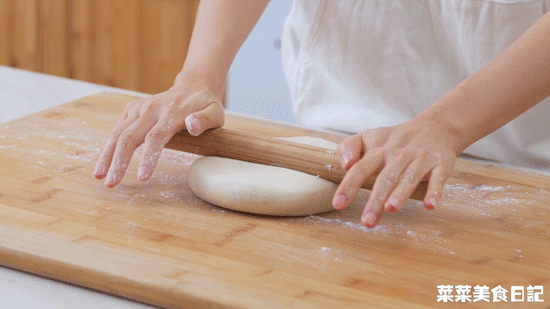
Cut each log into four equal pieces, roll into balls and fatten with the palm of your hand. Using a rolling pin, roll out each piece into a 10cm/4in diameter circle.
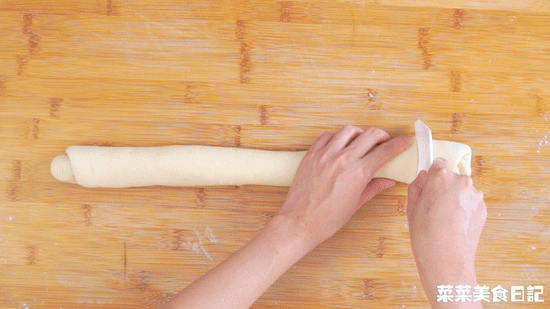
Wet your index finger with water and moisten the outer rim of a circle of dough. Place 1 heaped tablespoon of filling in the centre of the circle. If you are right-handed, hold the dough in the cupped palm of your left hand, or gently but firmly on a lightly floured worktop. Bring the dough up around the filling and pinch the edges together using the thumb and index finger of your right hand, working anticlockwise while turning the bun clockwise, creating little pleats all the way round. Close the top of the bun by twisting the pleated edge together and pinching to completely seal in the filling. Reverse this if you are left-handed. Repeat to make eight buns.
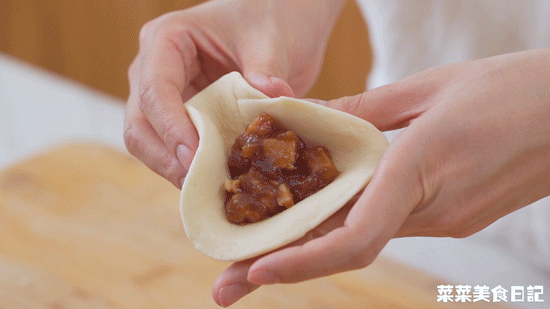
Line a large bamboo steamer with baking parchment (to stop the buns sticking). Arrange the buns in the steamer, leaving a 2cm/3/4in gap between each bun to allow for expansion, and let them sit in the basket for 20 minutes before steaming; this will make the dough even more fluffy. Place a trivet or round cake rack in a wok and filll the wok with boiling water so it is just over a quarter full. Cover the steamer basket with its lid and place in the wok; steam over a high heat for 20 minutes. Turn off the heat and leave the lid of the steamer slightly ajar to allow some steam to escape for 2 minutes. Remove the buns from the steamer and serve hot.
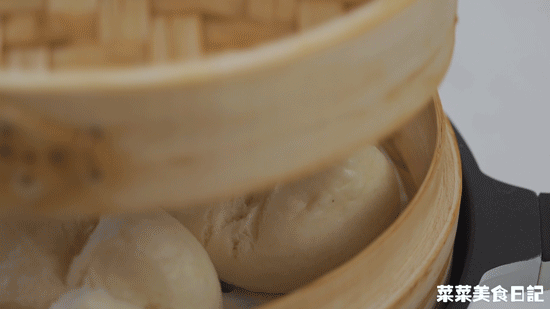
Tips for Char siu bao recipe
To get the buns very white you can use bleached flour, which can be found in Chinese supermarkets.

